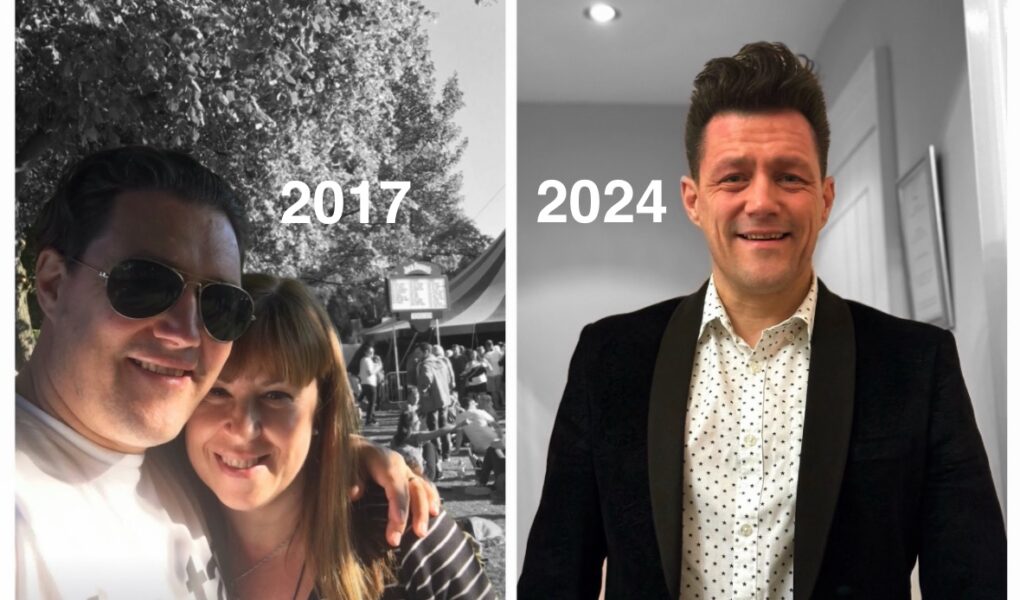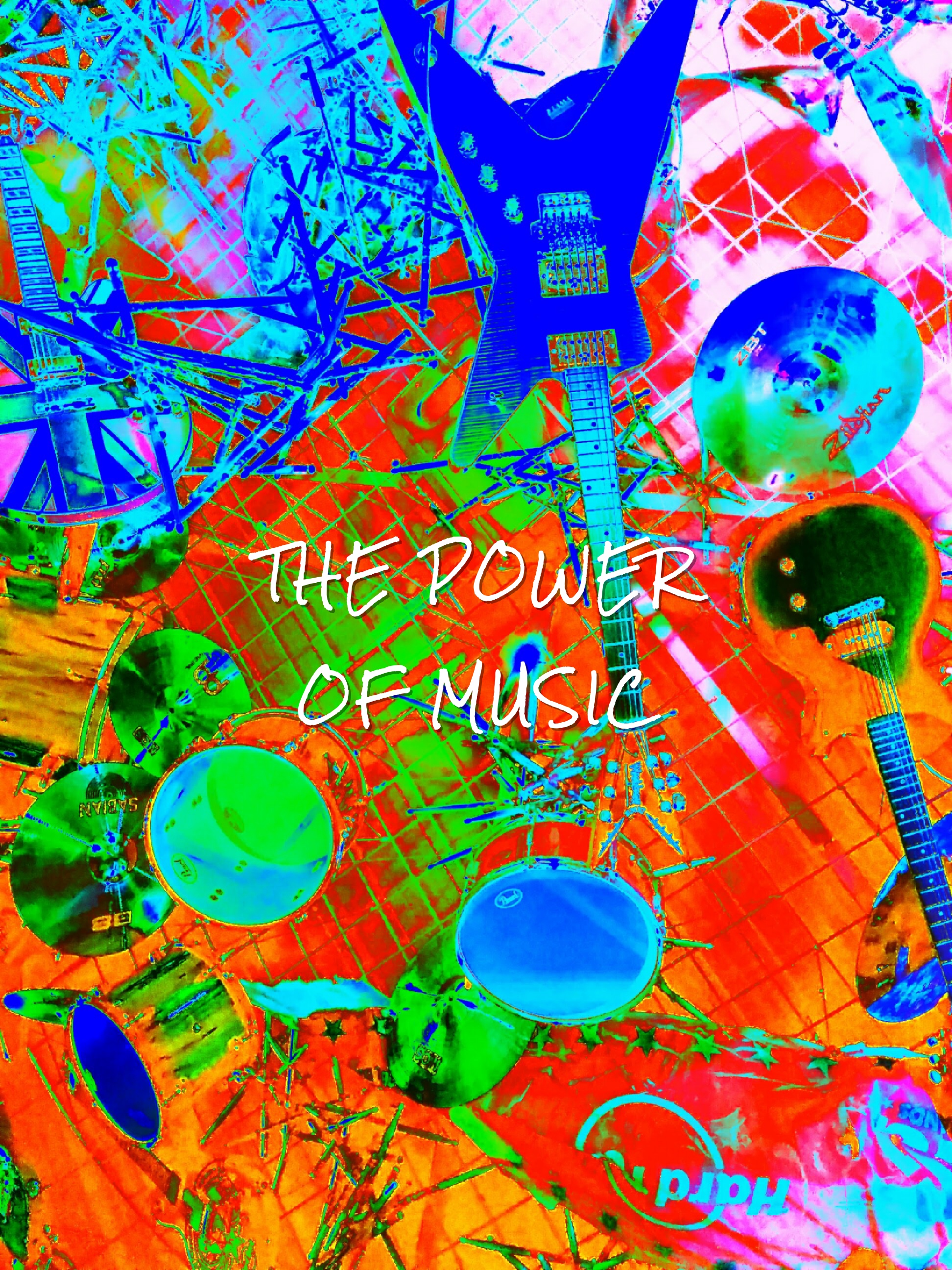In the relentless pace of modern life, stress often takes centre stage, impacting both our physical and mental well-being. Statistics around burnout in the workplace are at record highs and stress levels keep rising.
If you are feeling the weight of stress in your life there’s an invigorating combination that might help you chill out before you burn out.
Before we get to that, I’d like to share a little context.
One of the main drivers in me founding Force Forward & becoming a Wim Hof Instructor, in addition to my daytime Technologist role, was experiencing burnout for myself. In 2018 I left the job I’d been in for twelve years & loved for over ten of those. Being brutally honest, the last eighteen months were a nightmare and my perceived stress levels all but went unmanaged. Looking back, the signs that all was not well, were there. Simply put, I failed to act soon enough.
Before I dive into this new study, I thought perhaps I’d share just some of the signs that I wish I’d acted upon. Obviously this is just my experience and the list is by no means exhaustive, but I think it paints enough of a picture of what to be on the look out for.
10 EARLY SIGNS OF BURNOUT That, if not addressed, can lead to bigger, more significant problems:
- Fatigue:
Feeling persistently tired, both physically and emotionally. - Decreased Performance:
A noticeable decline in professional and / or personal performance, accompanied by a lack of motivation and active engagement. - Increased Irritability:
Becoming easily frustrated, irritable, or impatient, even in situations that typically wouldn’t provoke such reactions. - Cynicism and Detachment:
Developing a cynical or detached attitude towards work, colleagues and personal responsibilities, accompanied by feelings of disillusionment. - Reduced Concentration:
Difficulty focusing, concentrating, or making decisions, often accompanied by forgetfulness and decreased attention span. - Physical Symptoms:
Experiencing various physical symptoms. Itchy skin and inflammation, bloating, stomach issues and changes in appetite and sleep patterns. - Loss of Enjoyment:
Really should have noticed this sooner. A decline in the ability to find joy or satisfaction in activities that were once pleasurable, both at work and in personal life. - Increased work from home (or sick) days:
Obviously this happened pre-pandemic and looking back to those eighteen months, way more days than usual were spent working from home. I’ve never liked taking time off sick, but often just found it easier to log on from home. - Neglecting Self-Care:
My weight steadily increased to an all time heaviest and unfittest through neglecting personal needs and self-care activities. Exercise, relaxation & hobbies went by the way side in favour of work-related demands and regularly sedating with alcohol. - Social Withdrawal: Withdrawing from social interactions, both at work and in personal life, and experiencing a sense of isolation. At the time I needed them most, I cut myself off from friends.
I think it’s important to note that experiencing one or two of these signs occasionally is completely normal. However, if these signs persist over an extended period and start to interfere significantly with daily life, it may well indicate burnout.
Recognising these signs early on and taking proactive steps to address them can help prevent burnout from escalating into more severe mental and physical health issues.
Seeking support from friends, family or professional help is crucial when navigating burnout.
It’s also worth saying before diving into what the study showed around the combination of cold exposure and breathwork, the two of these must be balanced alongside close attention to healthier lifestyle choices like diet & nutrition, hydration, exercise & sleep.
So, the study!
“Positive effects of combined breathing techniques and cold exposure on perceived stress: a randomized trial” by Cristopher Siegfried Kopplin & Louisa Rosenthal, suggests that embracing the cold, coupled with intentional breathing, can have remarkable benefits for reducing stress.
Insights from the Study:
Participants engaged in deliberate breathwork exercises paired with cold exposure. The findings revealed a significant reduction in perceived stress levels among participants. The synergy between controlled breathing and exposure to cold stimuli appeared to amplify the stress-relief effects, offering a promising avenue for those seeking natural stress management techniques.
So, How Does It Work?
The combination of breathwork and cold exposure taps into the body’s ability to adapt and respond positively to stressors.
Breathwork:
Controlled breathing techniques activate the parasympathetic nervous system, AKA the “rest and recovery or rest & digest” system, which counterbalances the stress response by promoting relaxation and and restoring equilibrium.
Cold Exposure:
Cold exposure is a form of hormetic stress, a concept that suggests exposure to manageable stressors can enhance resilience and adaptation.
It prompts the body to adapt positively becoming a catalyst for physiological changes, fostering resilience against the effects of chronic stress.
Cold exposure initiates vasoconstriction, the narrowing of blood vessels, followed by vasodilation, their expansion. This dynamic process not only regulates blood flow but also contributes to improved circulation and oxygenation of tissues. The controlled stress of cold exposure enhances the flexibility of the cardiovascular system, a key component in stress resilience.
The combination of breathwork and cold exposure harmoniously engages both the sympathetic and parasympathetic branches, facilitating a dynamic balance in the body’s stress response. Furthermore, this combination has been associated with the controlled release of cortisol (the primary stress hormone, often elevated during chronic stress.), allowing practitioners to influence their hormonal response to stress.
Empowering You:
By understanding the intricate dance between breathwork & cold exposure, individuals gain a toolkit for stress management. This empowers practitioners to take an active role in their stress response, fostering resilience and well-being.
As you embark on your journey of stress modulation, consider this: the cold is not just a physical challenge; it is an ally in the quest for balance.
By tapping into the wisdom of controlled stress and engaging the body’s intricate mechanisms, we unlock the door to a more resilient, harmonious existence.
The Fun Side of Stress Reduction:
Stress-busting doesn’t have to be all serious. Imagine yourself conquering stress while having a real chilled adventure! (Who didn’t love snowball fights as a kid.. you never complained about the cold back then did you?) Picture your worries melting away like snowflakes in the winter sun.
Here’s a playful question for you: If your stress had a temperature, what would it be, hot or cold? Unlikely you answered cold right… We don’t call it getting hot under the collar for no reason. Well, imagine how a burst of cold and focussed breathwork could help you to chill out!
Discover the Chill Factor:
Our upcoming workshops in February aim to guide you through the transformative journey of combining breathwork and cold exposure. (and for the science geeks we have plenty more of that too)
The primary goal is to educate you on the science-backed benefits of this practice. It’s not just about stress reduction – it’s about unlocking your body’s potential for resilience and well-being.
These workshops are more than just events – they’re opportunities to discover a cooler, calmer you.
I’d love to invite you to explore this fascinating world of stress management with me. Please, feel free to ask questions & share your thoughts, I’m still very much learning too.
Finally, for those still reading, I’ve not even touched on the third pillar of the Wim Hof Method yet.. Mindset and commitment.. That’s one for another day, but without it, you probably wont even consider trying the other two.
Stay tuned for more updates, and if you like let’s embark on this journey to reduced stress and an energised life together!
PS – Yes, that actually is me in 2017. A lot less happy and a lot less healthy. What more can I say.
#JFDI


